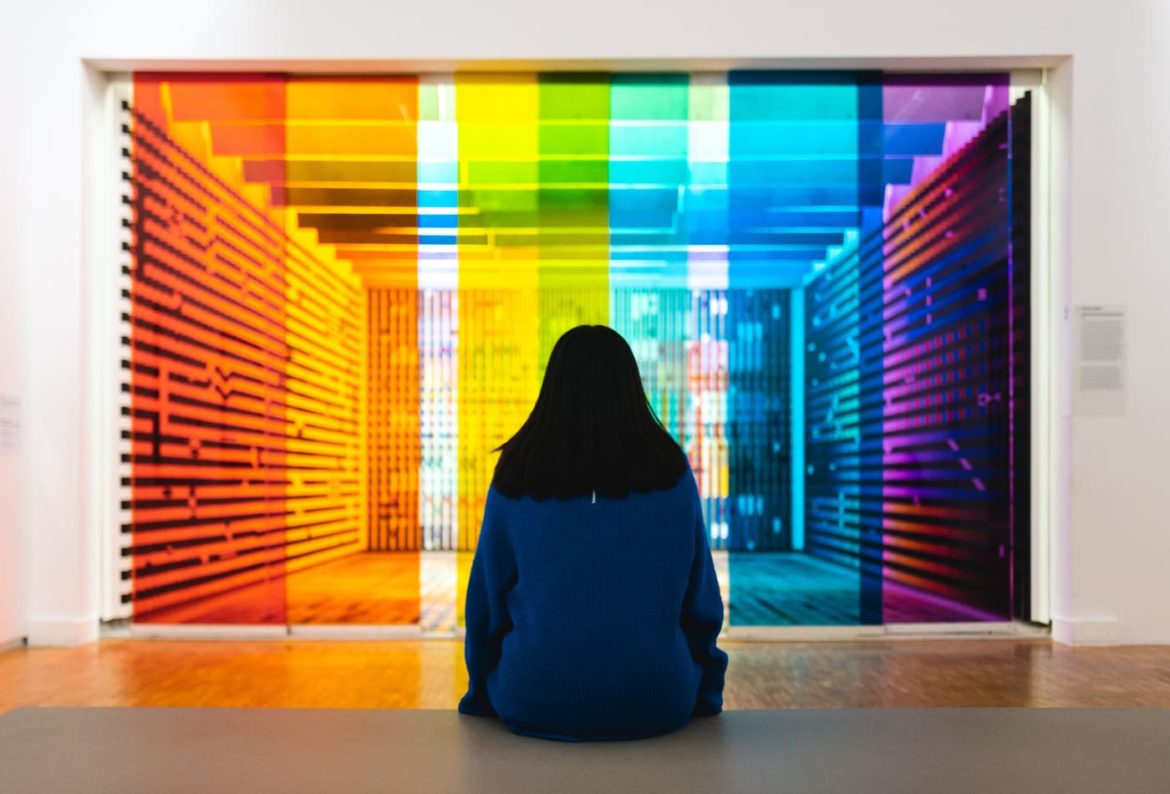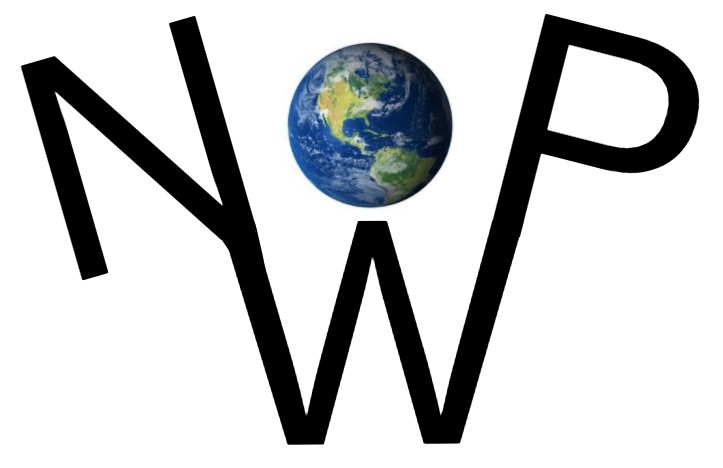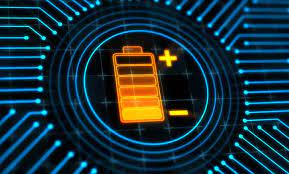An NFT, or non-fungible token, is an individual piece of crypto art.
The NFT market has attracted a lot of buzz and investment.
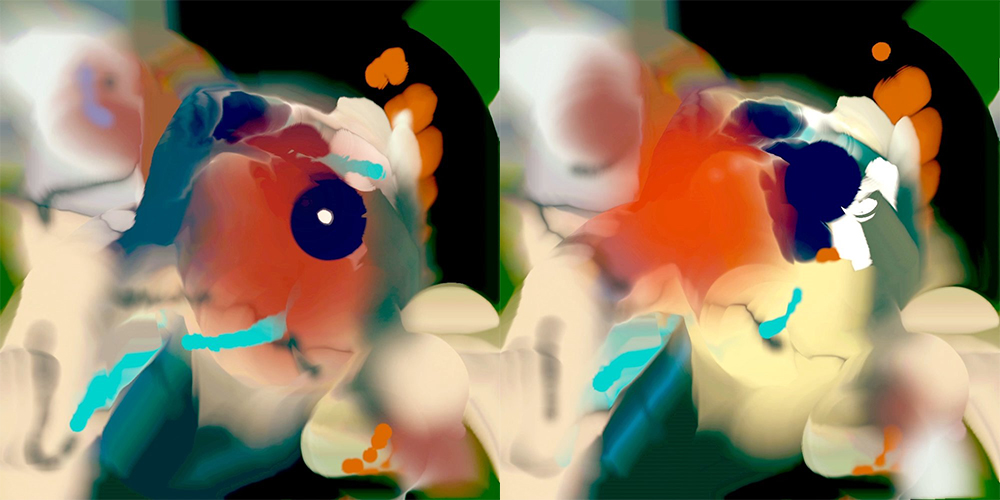
The following written content by Brian Droitcour
Crypto art is an odd moniker. Art tends to be labeled by medium or style. But this new term defines art in relation to the technology of the distributed ledger where it’s tracked and traded. It says this art’s most salient feature is that its uniqueness is established by a record on the blockchain. An individual piece of crypto art is called an NFT, or non-fungible token, distinguished from other, interchangeable crypto assets, including currencies like Bitcoin and Ethereum, by its singularity.
To make an NFT, a digital file—a JPEG, a GIF, an MP4—must be minted, a computational process that registers it on the blockchain. A work of crypto art is therefore a hybrid thing. It’s the record on the blockchain that encodes its provenance, a smart contract that defines the conditions of its transfer. While it’s possible to store media in this record too, it’s prohibitively expensive, and so the on-chain token usually just points to the file’s address on an off-chain storage site, such as the distributed server known as the InterPlanetary File System. An authenticated display of the NFT—in the owner’s crypto wallet, on a gallery wall in the virtual world of CryptoVoxels—calls the file up from the IPFS.
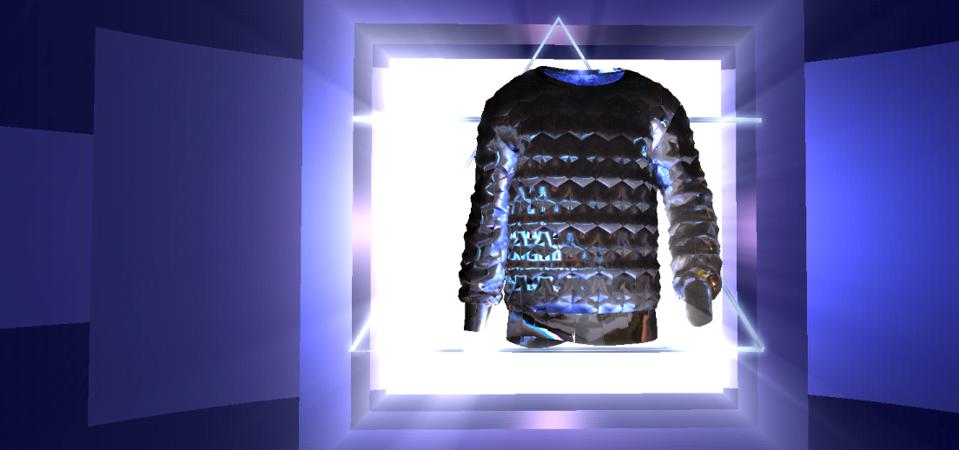
Lastly, the work continues to exist in its pre-tokenization form, as a file that can circulate in the promiscuous, unauthenticated way that any other file does. The NFT is a version that claims primacy because its identity is stabilized while the original remains impossible to identify as original. How you understand the chimera of crypto art depends on your point of view. You can see the NFT as an expanded form of art that manifests concepts of value, ownership, and networked community. Or you can see it as an assertion of crypto’s worth, a financial asset valuable because of its uniqueness—a property it signals with a façade of art.
Most people look at NFTs in this latter way. They were created as blockchain assets first. Art came later. Art is the rear guard of a movement led by Garbage Pail Kids and Pepe the Frog. Tokens bearing that kind of imagery are called collectibles, which are not quite the same as artworks. “Work”—and more specific terms like “painting” and “sculpture”—refer to what the artist does. “Collectible” tells you what a consumer can do with the product. Imagine if Hauser & Wirth announced a new drop of rare Nicole Eisenman collectibles. That’s the environment that digital art is stepping into. Read more from Art News.

